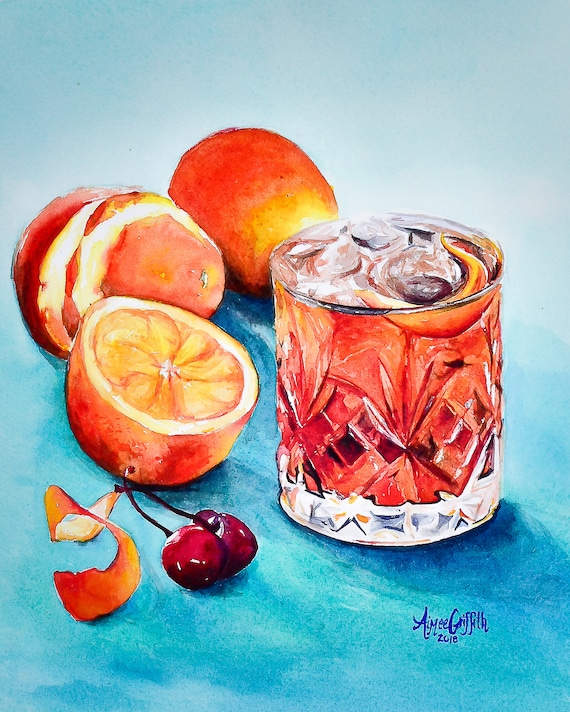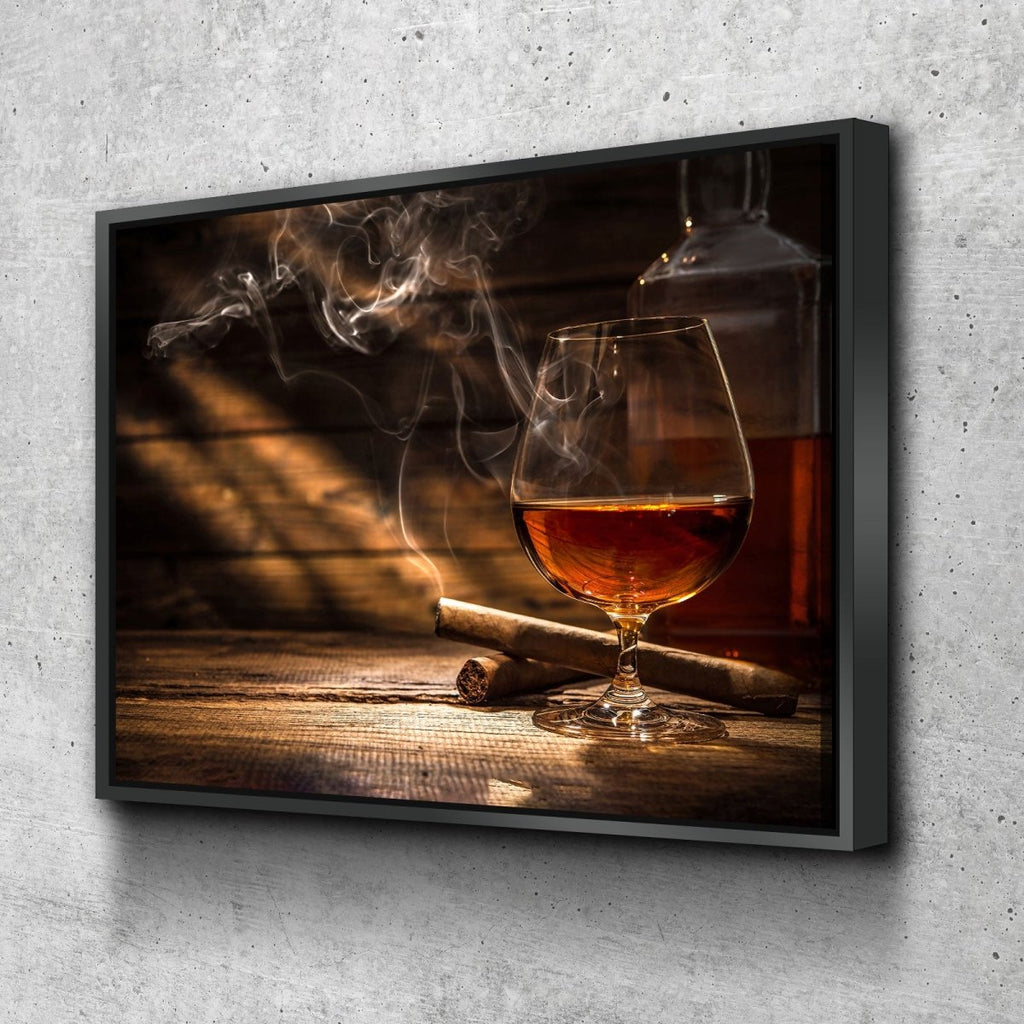Catching the Essence of Whiskey Art Via Unique Visual Representations and Designs
The art of scotch expands past the fluid itself, showing up through a selection of visual depictions that envelop its storied heritage and craftsmanship. What continues to be to be discovered is how these developing designs show not just the whiskey itself but likewise the transforming landscape of creative interpretation. Bourbon Art.
The Background of Scotch Art

As whiskey production spread, so too did the wish to boost its experience via art. From the elaborate engravings on early casks to the sophisticated tags of contemporary containers, each element reflects an unique creative vision, functioning as a visual narrative of the whiskey's heritage.
In the 18th and 19th centuries, the increase of the industrial change further boosted whiskey art, bring about cutting-edge product packaging and advertising that recorded customer interest. Designers and musicians started exploring with aesthetic appeals, imbuing whiskey-related imagery with symbolic significances that conveyed ideas of craftsmanship, custom, and community.
Today, bourbon art continues to progress, mixing typical approaches with contemporary art types. Whiskey Art. This ongoing discussion in between the spirit and its visual depiction underscores the enduring bond in between whiskey and culture, enhancing the overall experience for enthusiasts worldwide
Iconic Container Layouts
While several factors add to the allure of scotch, iconic bottle styles play a crucial function fit consumer assumption and improving the overall experience. The aesthetic discussion of scotch bottles is not merely a visual consideration; it acts as a bridge between the customer and the product, stimulating feelings and establishing expectations.
Unique shapes, products, and closures can boost a bourbon brand's identity, making it quickly well-known on congested racks. The traditional Glenfiddich container, with its elegant tapered shape, shares a sense of practice and craftsmanship, while the bold, modern design of the Balvenie bottle mirrors advancement and refinement. The use of tinted glass or special textures can recommend the high quality and character of the whiskey within.
Famous layouts usually integrate components of social heritage, symbolizing the brand name's history and connection to its roots. Brands like Jack Daniel's make use of a straightforward, durable style that resonates with its American bourbon heritage. Inevitably, the influence of container style expands past plain performance; it envelops the essence of the brand name, inviting customers to indulge and discover in the abundant tapestry of bourbon society.
Label Art Work and Branding
Container styles typically establish the stage for what customers can anticipate, yet label art work and branding play a just as considerable duty in interacting a whiskey's identification. The tag works as the very first factor of get in touch with between the product and the customer, encapsulating the significance of the bourbon within its visual components.
Reliable label artwork combines color, imagery, and typography to develop a narrative that resonates with the brand name's heritage and target audience. A label featuring classic font styles and detailed illustrations might evoke a sense of tradition and workmanship, appealing to aficionados. On the other hand, vibrant colors and modern design elements could bring in a more youthful group looking for advancement and exhilaration.


Digital Photography and Visual Storytelling
Catching the significance of bourbon via photography and visual narration is an art type that boosts the brand experience. This medium goes beyond mere item depiction, delving right into the complex narratives that surround each bottle. By employing compelling imagery, photographers can stimulate emotions that resonate with customers, get redirected here ultimately creating a deeper link to the bourbon brand name.
Aesthetic storytelling in whiskey photography typically uses rich structures, lighting, and make-up to highlight the special features of the spirit. The interplay of light and shadow can highlight the amber tones of whiskey, while the choice of background components-- such as rustic barrels or elegant glasses-- can strengthen the brand's heritage or way of living organizations.
Moreover, recording the ritualistic aspects of whiskey consumption, from the putting to the tasting, welcomes audiences right into a sensory experience, allowing them to imagine the tastes and fragrances that wait for. Each picture not only showcases the product yet likewise informs a story of craftsmanship, tradition, and the moments that bourbon can enhance - Bourbon Art. Thus, digital photography becomes a powerful tool in expressing the identity of bourbon brands, placing them within the broader cultural landscape
Emerging Fads in Scotch Art
The development of whiskey art is progressively formed by contemporary trends that reflect more comprehensive societal shifts and consumer choices. This change not just highlights the value of sustainability but likewise improves the story important site surrounding scotch production.
In addition, digital art has risen in appeal, permitting for innovative representations of bourbon. Musicians are leveraging innovation to craft immersive experiences, such as augmented reality installations that engage viewers and provide a much deeper understanding of whiskey's cultural significance. This trend likewise reaches social media sites platforms, where aesthetically striking material amasses attention and promotes area amongst lovers.
Moreover, partnerships between whiskey brand names and musicians are ending up being much more prevalent. These collaborations produce limited-edition product packaging styles and unique artworks that celebrate both the workmanship of whiskey and the imagination of artists. As bourbon art proceeds to advance, these emerging fads will undoubtedly shape its future, fostering a vibrant crossway of culture, sustainability, and innovation within the scotch area.
Conclusion
Finally, the art of bourbon incorporates a varied array of visual depictions that show its abundant heritage and workmanship. From legendary bottle styles and elaborate tag artwork to engaging photography, each aspect adds to a broader story that improves the consumer's experience. As emerging patterns, such as digital art and sustainability, continue to shape this creative landscape, the multifaceted identification of whiskey stays an enduring resource of cultural link and exploration.

In final thought, the art of whiskey incorporates a diverse array of visual representations that mirror its rich heritage and craftsmanship.